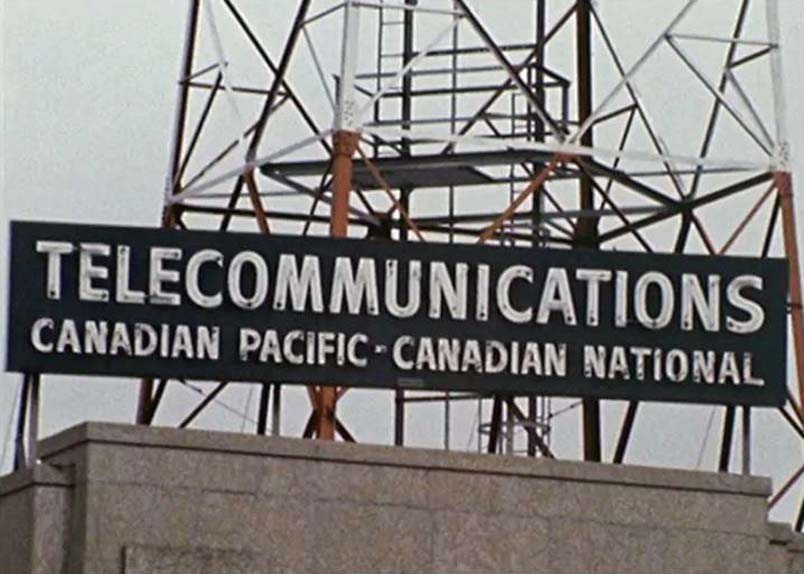
Canada - Telex technology meant that Bill Swift's telegraph skills were no longer needed after 39 years.
What's Morse code for RETIREMENT?
Anyone experienced with a telegraph could probably tap out the dots and dashes that made up the word in under a second.
And that was a skill that was no longer needed much in 1971.
"Sixty-year-old Bill Swift is the last commercial telegraph operator west of Thunder Bay," said CBC reporter Ron Smith on 19 Sep 1971.
"His job is gone by October the first."
Memorable Messages
The six operators in Eastern Canada would soon follow, Smith said, as the camera showed Swift at work in Regina.
"His finger moves faster on the key than it did when he started in 1932," said Smith.
"But he's surrounded by machines that send messages at more than 100 words a minute."
Those machines included the Teletype, which used a keyboard rather than Morse code to send and receive text-based messages.
In his 39 years on the job, Swift had played a role in the transmission of some memorable messages, including news of his own mother's death and those of
soldiers in the Second World War battle at Dieppe.
"These we had to deliver to a lot of my friends, which was a pretty sad thing to do," said Swift.
Teletype Not Telegrams
Swift was employed at the Regina offices of CNCP, a communications company co-owned by the two national railways.
He was resigned to the demise of the telegraph and Morse code in favour of newer technologies like the telephone, Teletype, and telex, which was a dedicated
network of communications for sending text-based messages.
Smith seemed more wistful about the end of the telegraph, pointing out that the year 1846 had been when the first telegraph message in Canada had been
sent.
"Where will the telex be in 125 years?" asked Smith.
Author unknown.
provisions in Section 29 of the Canadian
Copyright Modernization Act.


